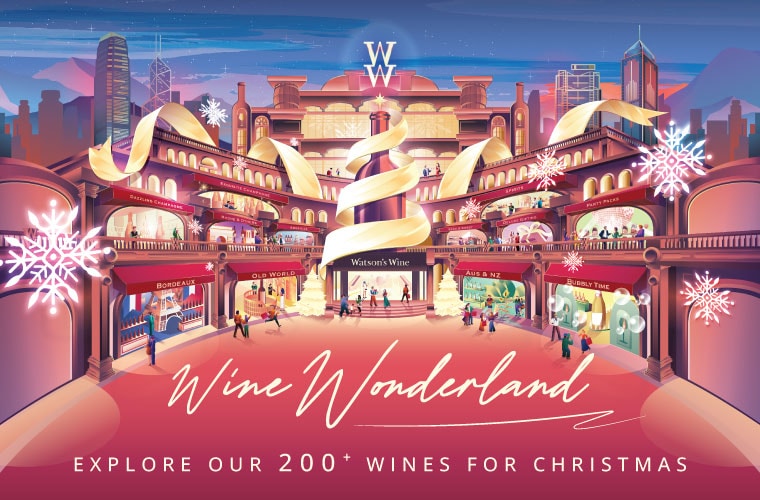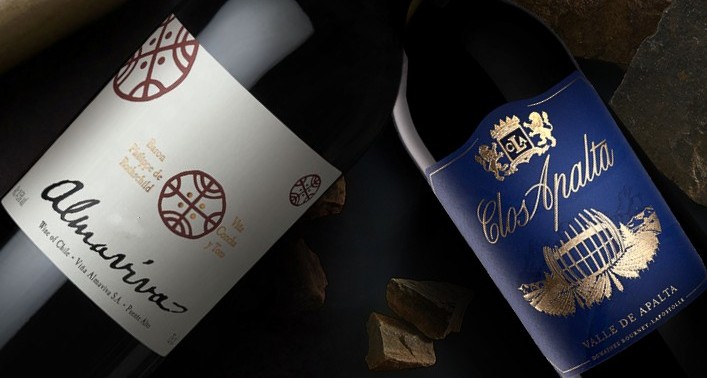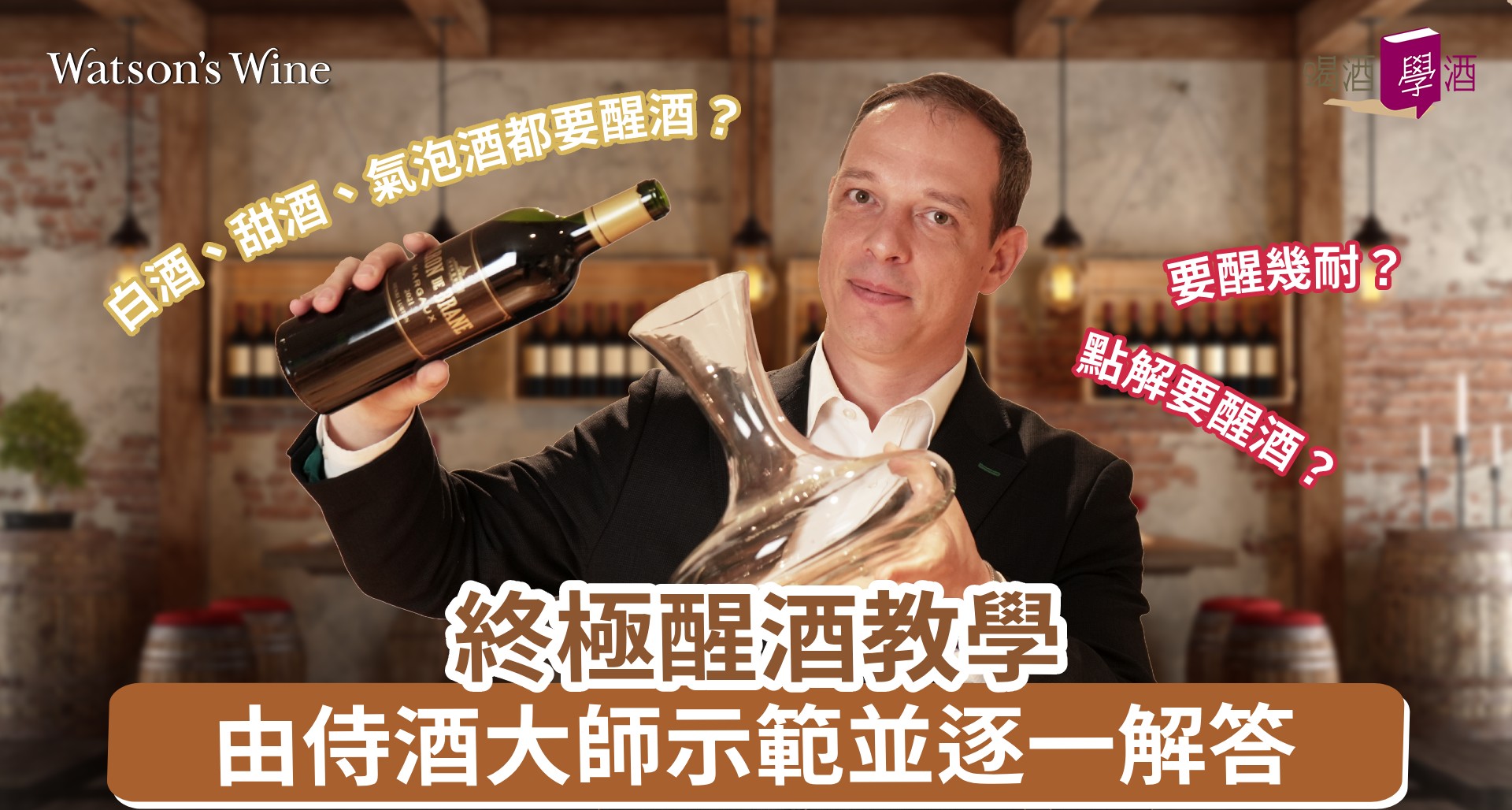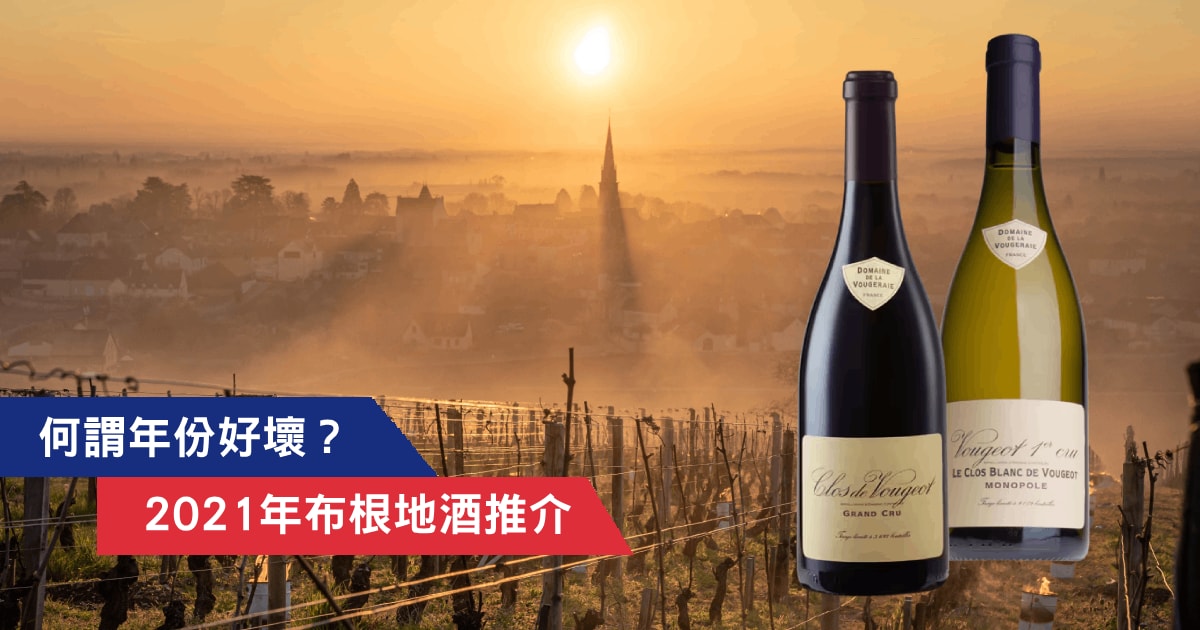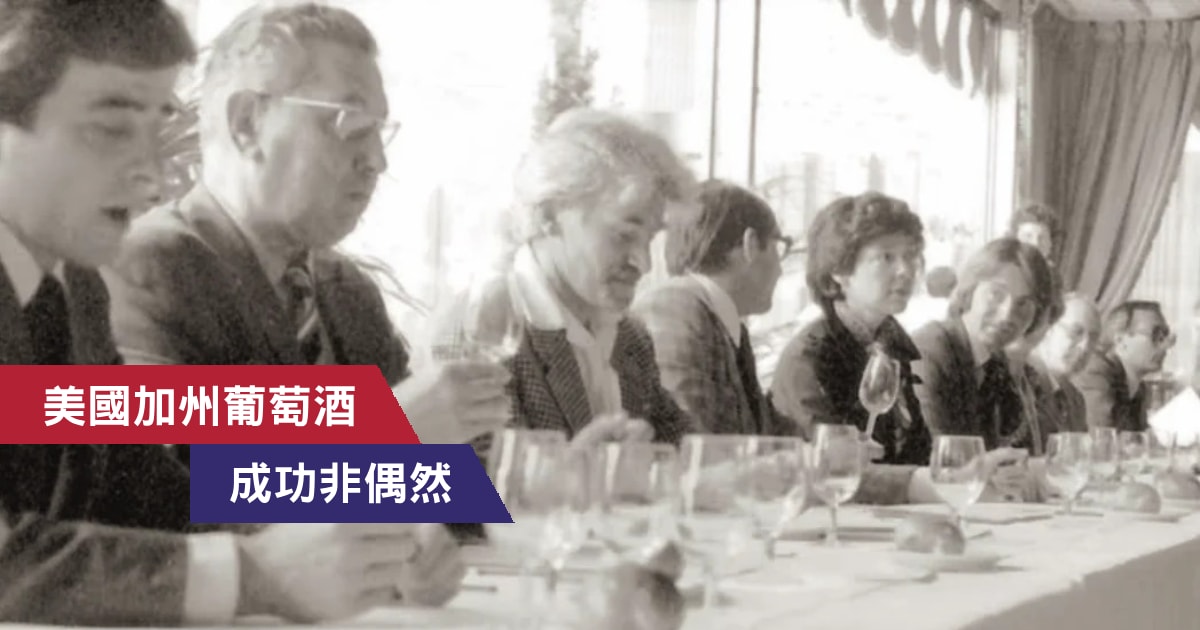While preserving heritage is in Old World winemakers’ blood, advancements in technology, winemaking, and blending are often observed, some of which have become the new norm and embraced worldwide. New wine laws were introduced to embrace these new styles of wine, too. Let’s take a look at 4 evolving traditions and the wine they’ve created!
1. Unofficial Stellar of Italy – Super Tuscans
Tuscany is a region full of cultural legacy and winemaking stories. Traditionally, Tuscan wines were regulated by DOC and DOCG which required winemakers to produce wines from indigenous grapes, for example, Chianti DOC wine must be produced with at least 80% of Sangiovese grown from Chianti.

However, the wine establishment in Italy with a long viticultural history was shaken up when a few revolutionary winemakers created a global craze for Super Tuscan wines back in 1970. As Bordeaux wine was very popular, some innovative winemakers tried blending Bordeaux varieties such as Cabernet Sauvignon and Merlot with Italian Sangiovese. The best blends are rich and full-bodied, with well-integrated tannins and spice from oak, and can age for decades. Although these blends could not be classified as DOC wine, their characters and quality were widely acclaimed. Due to the soaring demands, their prices even outclassed some DOC wines and were nicknamed ‘Super Tuscan’.

Introduction of IGT
Eventually, the Italian government recognized the success of Super Tuscan wines in 1992 by introducing a new wine quality classification, Indicazione Geografica Tipica (IGT). IGT covers grapes from a specific geographical area but offers winemakers more freedom in terms of grape varieties and winemaking. It is classified as less prestigious than DOC and DOCG, but in fact, some of the country’s most famous and expensive wines are classified as IGT – the Super Tuscans are one of them. Two years later, Bolgheri DOC changed its rules to allow certain international varieties, such as Cabernet Sauvignon, Merlot, and Syrah, in the blend. This hidden wine star finally got integrated into the DOC system but is still under-estimated.
2. Legacy of Barolo Boys – Modernists Barolo
Traditional Barolo – The kings of wine
“The kings of wine, the wine of kings” – Barolo is a timeless wine with a long history. Traditionally, Barolo is a Nebbiolo-based, rich, and full-bodied wine with great ageability, involving a long maceration and fermentation time (10 years or more) in large 1200-liter barrels known as ‘Botti Grandi’. Traditional Barolo wine may only be released after 38 months of aging, of which 18 must be in wood containers, some must age at least 62 months. They were known to age beautifully but could not be enjoyed when young. As the market preferred more easy-drinking wines which could be enjoyed young back in the 1980s, so Barolo wine was not popular.



Barolo War – Traditionist v.s. Modernists
Because of that, a group of young winemakers, who were later called Barolo Boys, decided to change the traditional Barolo style by modifying the winemaking technique and aging process. It later sparked off a debate between the traditionalists and modernists of Barolo.
They introduced some new generation or ‘Modernist’ winemaking skills to make Barolo including using 225 liters barrels – ‘barriques’ in order to extract fewer tannins; maceration times were reduced. It helped to tame the more aggressive and sharp sides of the wine and to keep fruity flavours and a soft mouthfeel. These moves completely changed Barolo’s wine history and enabled the presence of Barolo on the world wine map. It was no longer necessary for us to wait 10 or more years to enjoy Barolo wine.
Nowadays, the debate on the and production method and quality of Barolo persists. Although the Barolo Boys went their single ways, it’s undeniable that they’ve contributed to the evolvement of Barolo’s winemaking technique and the aging process.
3. Heritage x Innovation – Warre’s Otima Port
Traditional Port is typically a sweet red wine as a dessert wine. It is fortified by adding a neutral grape spirit known as aguardente (also called Brandy) to interrupt the fermentation, leaving remaining sugar in the wine, and giving a boost to the alcohol body. It is aged in barrels and stored in a lodge before being bottled.
Warre’s – ‘Break-the-Box’ Innovation
For 350 years, Warre’s has been an everlasting pioneer of Ports, balancing its heritage with total dedication to superior quality and ‘break-the-box’ innovation, from advances in the winery to viticultural research. One of its innovative moves is creating the Otima Ports.

A modern style – Otima Port
Vintage Ports generally require 10 to 40 years of aging in the bottle. But, in an evolving traditional world, Warre’s has begun a modern revolution in Port that introduced an absolutely new concept to consumers – a rejuvenate port style as anytime drink namely the Otima Port. No doubt that the quality of Otima Port is on par as it has been winning Gold and Silver medals at the World’s Leading Blind Tasting Competitions. Otima Port is a range of Tawny Ports which are less sweet and balanced with the generosity of fresh, youthful fruit; making it an all year round, anytime drink. It has successfully demonstrated the versatility of Port.

4. Prosecco Rose x DOC
In the past decade, the popularity of both Prosecco and Rose is booming. Nearly 200 producers of Prosecco in Italy make rosé sparkling wine, but they cannot legally call them Prosecco because red grapes were not allowed in Prosecco according to DOC Consortium. Until 2020, the Prosecco DOC Consortium announced the introduction of ‘Prosecco Rose’.
According to the Consortium’s announcement, Prosecco Rosé must be produced from a majority of white Glera grapes, that at least 85 percent of the grapes must have been harvested from that year. Also, it includes 10 to 15 percent of the red Pinot Nero (aka Pinot Noir) variety to achieve its color — which should be pink, more or less intense, shining, and with persistent foam. Pinot Nero is typically used in Champagne, to make a white sparkling wine turn Rose. It also gives the wine an iconic hue.


“The Pinot Nero offers vibrant color without changing the aromas and sensations that are elicited by Glera,” says Ceola of Mionetto’s own experimentation with sparkling wines made from the two grape varieties. “It only enhances the blend.”
The sweetness level can range from ‘Brut Nature to Extra Dry‘, and all labels will state the word ‘Millesimato’, which means vintage, and the “vintage” itself. It also takes at least 60 days in a pressurized tank during the second fermentation. Also, there is a maximum yield of grapes per hectare to maintain the quality.


 Same Day Pick-up
Same Day Pick-up